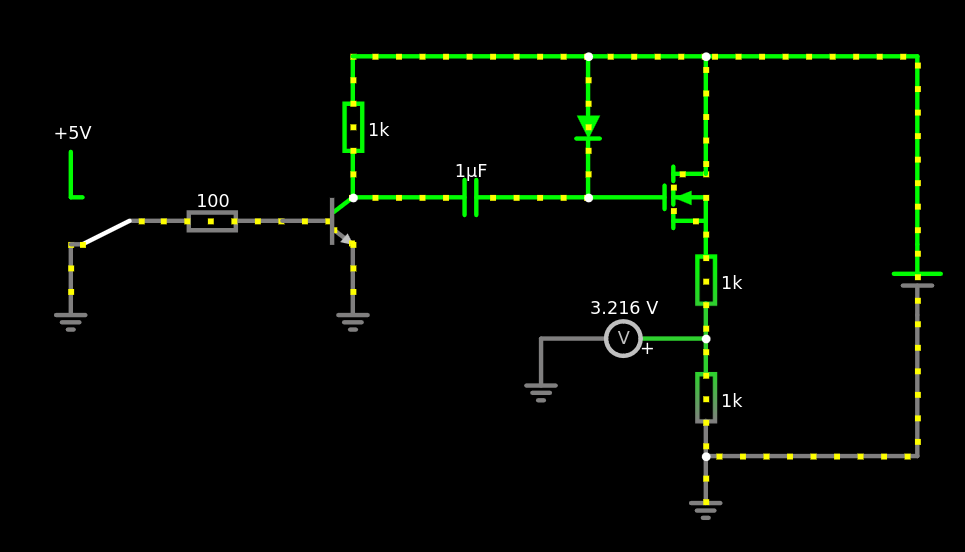

I’m not sure I understand what you are trying to do… do you want to build a radio? Or are all your signals in the audio range?
Anyway:
- w2aew has some great videos on diode ring mixers, like this one about winding the transformers: https://www.youtube.com/watch?v=a8ViWS61hsU
- You can also get ready-made diode ring mixers (including transformer and everything) like this one: https://www.minicircuits.com/pdfs/SRA-1W+.pdf
Regarding Gilbert cells, the two popular chips are MC1496 and SA631. The 631 comes with a built-in oscillator, so it’s quite handy. Unfortunately both are hard to come by these days.


Great, good luck with that :)
Another thing that comes to mind: for audio purposes another technique used in ring modulators for audio effects is to use a mosfet switch to mix the signal with a square wave. This has more byproducts than mixing with a pure sine, but is a lot easier to do. Since you are downconcerting, it should not matter at all if you use a square wave, since the byproducts will all be (higher-order) harmonics of the local oscillator, which you’ll filter out anyway.